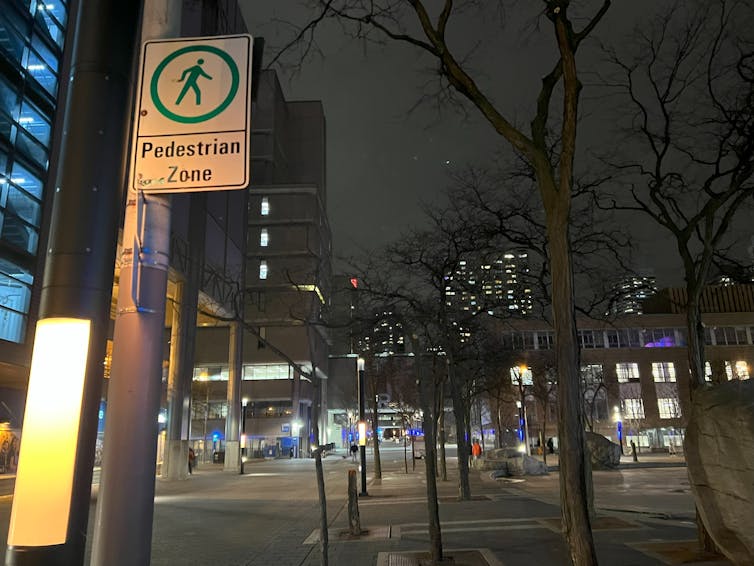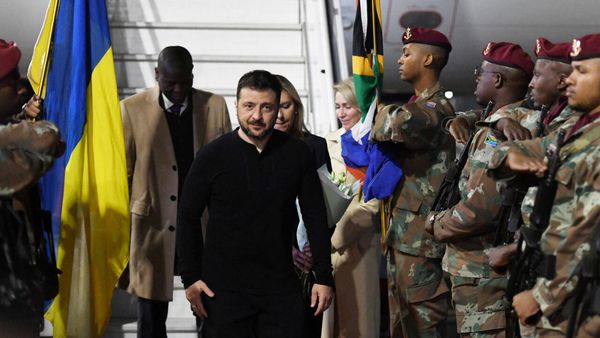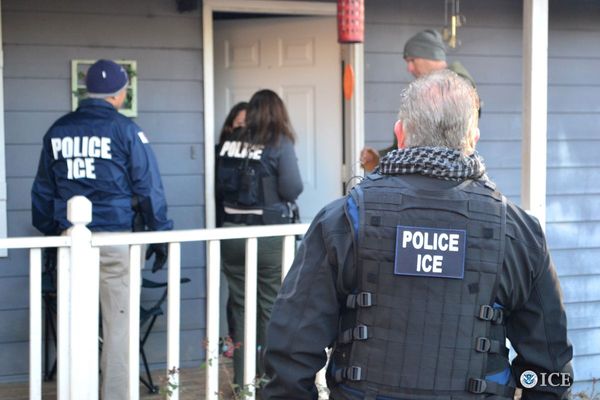On April 15, Toronto once again experienced a soft-target vehicular ramming attack when a passenger vehicle intentionally struck and injured four pedestrians on the Toronto Metropolitan University (TMU) campus.
Almost exactly seven years ago, in the 2018 Toronto van attack, Alek Minassian intentionally drove onto a Yonge Street sidewalk. Motivated by individual extremism with a basis in incel ideology, Minassian killed 11 people and injured 16 more.
History seems to repeat itself in Toronto, with car attacks being a means of choice for criminals. Regardless of whether the latest car attack is a terror-related mass attack or an individually targeted crime, the intentional hit-and-run incident shows these attacks have become a grim reality facing the city.
A traumatic event
The attack took place on a Tuesday afternoon just before 2 p.m. on Nelson Mandela Walk in the heart of the downtown TMU campus. The public walkway was designated as a pedestrian-only space, located between the campus library and an academic building.
Investigators have identified a suspect as Ryan Petroff, and have described it as an isolated incident intentionally targeting a specific individual.
Police statements allege a man drove a four-door Honda Accord along Nelson Mandela Walk and hit several people, including innocent bystanders. Four people were injured, with one sustaining serious but not life-threatening injuries. All are expected to recover.

The suspect remains at large, and other than indicating that the attack was intentional, Toronto Police Service has not yet elaborated on motives or the relationship between the intended victim and the suspect.
The day after the attack, TMU issued a statement saying university community members were not involved in the incident and mentioned that campus-based supports had been made available for anyone impacted by witnessing the traumatic event.
Barriers against future attacks
In the hours after the attack, immediate actions were taken to plug the gap the attacker exploited to drive onto the pedestrian walkway, and temporary planter-type barriers were placed at the attack site.
TMU also issued a second statement specifically concerning pedestrian walkway safety. It acknowledged the troubling event while attempting to quell campus safety concerns:
“The university is discussing with the City of Toronto what additional safety measures can be implemented to ensure pedestrian walkways used by TMU community members and the public are safe while maintaining accessibility for emergency vehicles.”
Conflicts between vehicles and pedestrians
A dedicated attacker exploited a gap where a car was able to enter a zone dedicated to pedestrians. In hindsight, the easy question to ask is: why wasn’t that gap plugged beforehand?
This sidesteps the ubiquitous nature of the problem, which is that potential conflict between vehicles and pedestrians exists almost everywhere in a complex urban environment.
In 2020, Nelson Mandela Walk was revitalized to enhance quality, safety and accessibility. Standard traffic management activities to reduce conflict — referred to as “modal separation” — were in place prior to the incident.
The walkway had a visually separate streetscape from the traffic lanes of nearby Gerrard Street: the interlocked brick surface, decorative trees and benches clearly indicated it was not a street for cars.
In addition, posted signs indicated the area was for pedestrian use only. Barriers such as bollards, fences, cement trash cans and large planters were present at points along the walkway.
In this case, a criminal found one gap in protection and intentionally ignored and evaded all of the elements that were in place to separate people from cars.
Targeted mass attacks
The 2025 TMU car attack highlighted a problem that is not new to Toronto: targeted criminal activity that can cascade into a mass casualty incident.
Read more: What authorities can learn from the Raptors parade shooting
In 2019, four people were wounded at Nathan Phillips Square when gunfire erupted during the celebrations for the Toronto Raptors NBA championship win. This was another example of a targeted attack that almost resulted in a wider mass casualty incident.
More than 100,000 people were in the area near the shooting, and it was determined that the shooting was a targeted criminal incident, not a mass attack on the celebration itself.
While Toronto’s most recent vehicular attack at TMU had the elements of a mass attack, it was apparently a targeted crime focused on one individual. Nonetheless these incidents, and not just terrorist-type mass attacks, have the potential to result in a mass casualty incident.
Jack L. Rozdilsky receives support for research communication and public scholarship from York University. He also has received research support from the Canadian Institutes of Health Research.
This article was originally published on The Conversation. Read the original article.







